THIS force pulls objects toward each other
Gravity
THIS is the main source of energy that powers the water cycle
The Sun
THIS is the most common gas in our atmosphere (Oxygen is #2)
Nitrogen
THESE planets are smaller and have rocky surfaces
Inner Planets
THIS model was the earliest idea of the solar system's arrangement.

Geocentric
THESE are caused by the gravitational pull of the moon and the sun
Tides
The ice cubes in the picture cause THIS step in the water cycle.
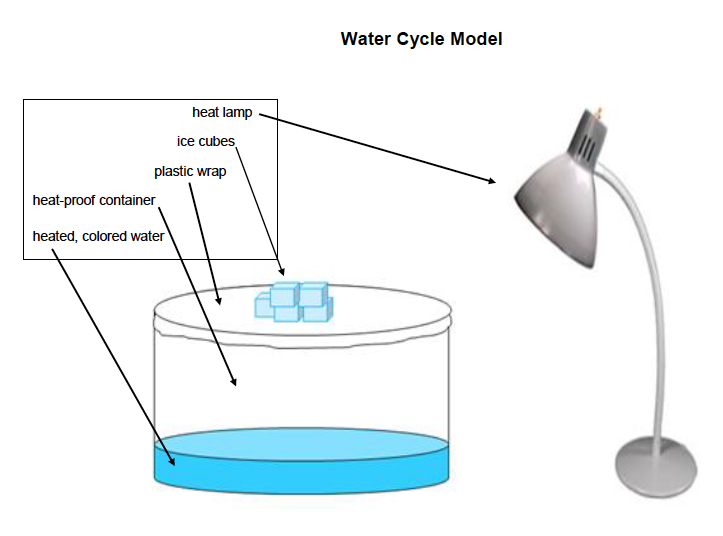
Condensation
The red line on this graph represents the temperature of THIS
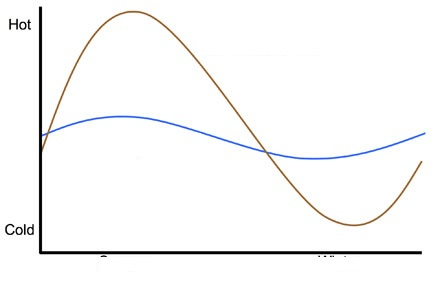
Land
THIS moon phase
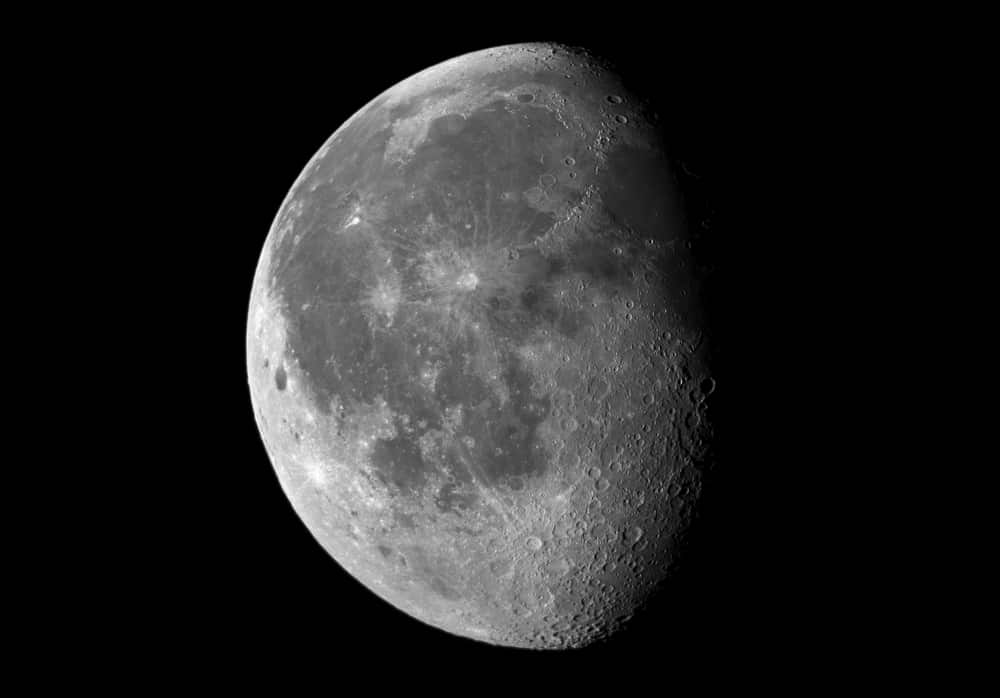
Waning Gibbous
THIS type of breeze usually happens at night:

Land Breeze
THIS step in the water cycle
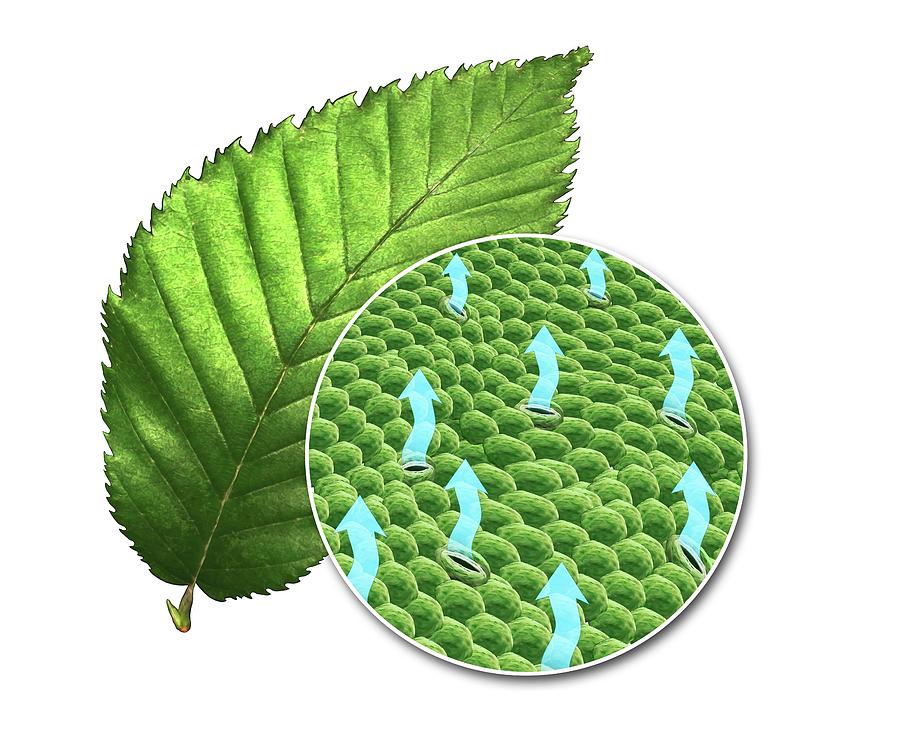
Transpiration
BOTH of these are caused by wind blowing across the ocean
Waves and Surface Currents
THIS weather phenomenon creates strong storms and possibly tornadoes:

Cold Front
THIS type of eclipse that only happens during full moons:
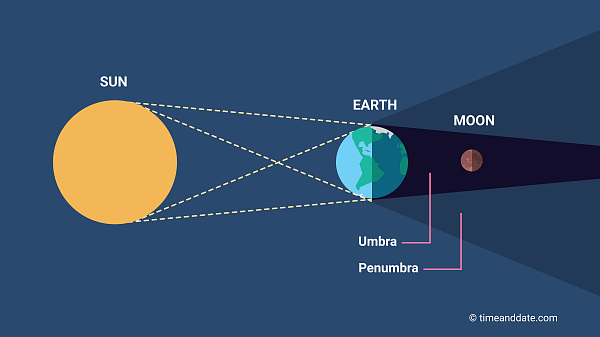
Lunar Eclipse
Cold, salty water sinks below warm water because it is THIS.
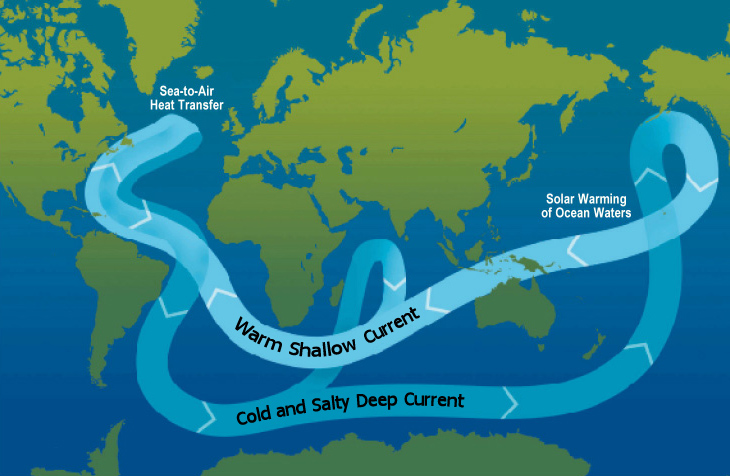
THIS type of heat transfer
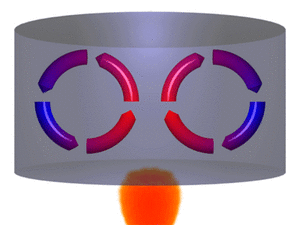
Convection
THIS type of tide occurs during 1st quarter and 3rd quarter moons:

Neap Tide
Hurricanes need THIS kind of environment to form
Warm and Moist
In the picture, the Northern Hemisphere is experiencing THIS season.
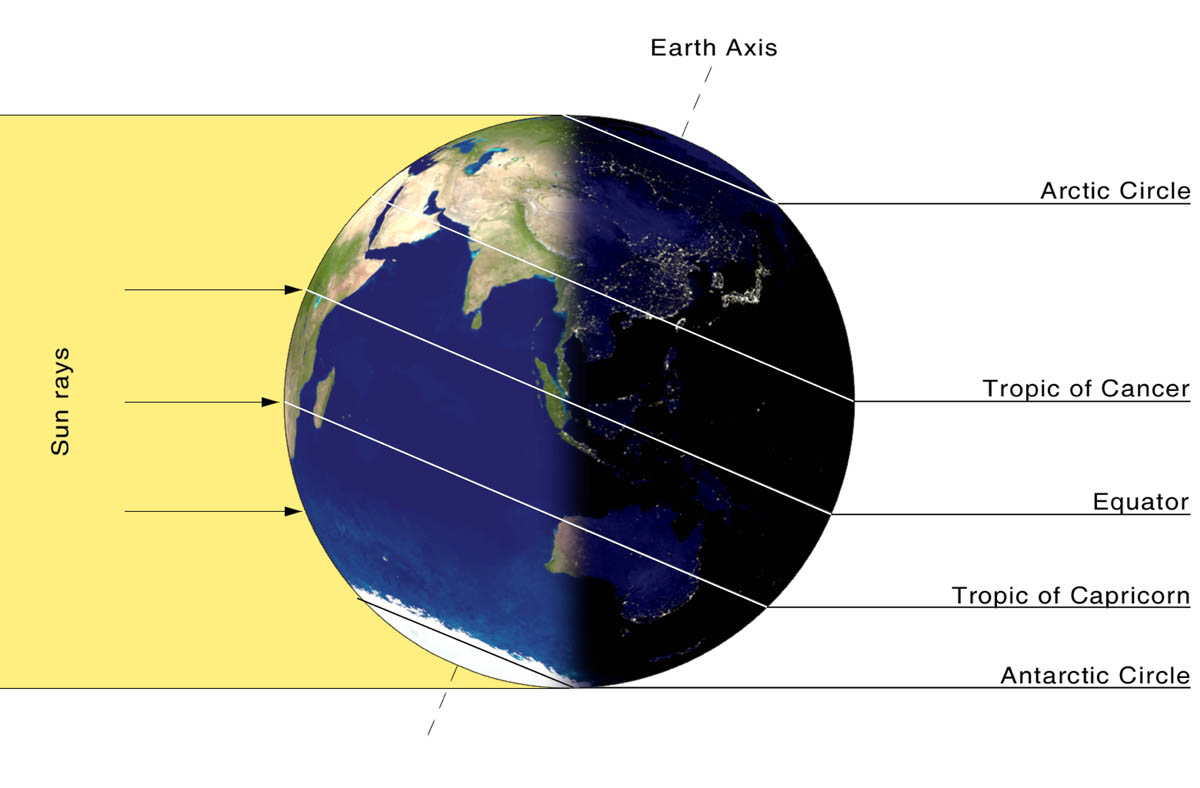
Winter
THIS current keeps Europe warm despite how far north it is
Gulf Stream
THIS current
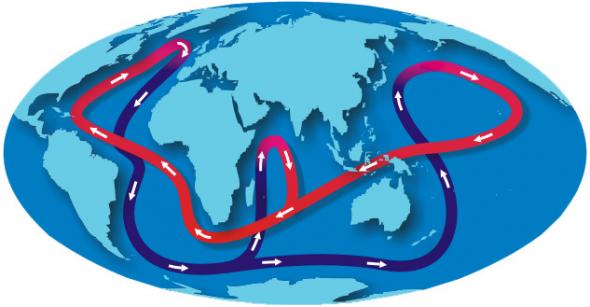
Global Ocean Conveyor Belt
THESE occur between warm water near the equator and cold water near the poles
Deep Ocean Currents
If the weather in the morning is HOT and HUMID, you can expect THIS weather in the afternoon
Rain (heat will accelerate the water cycle, leading to evaporation, condensation, and then precipitation)
THIS moon phase occurs at number 3

1st Quarter Moon
THIS, abbreviated CMBR, provided evidence to support the Big Bang Theory:

Cosmic Microwave Background Radiation